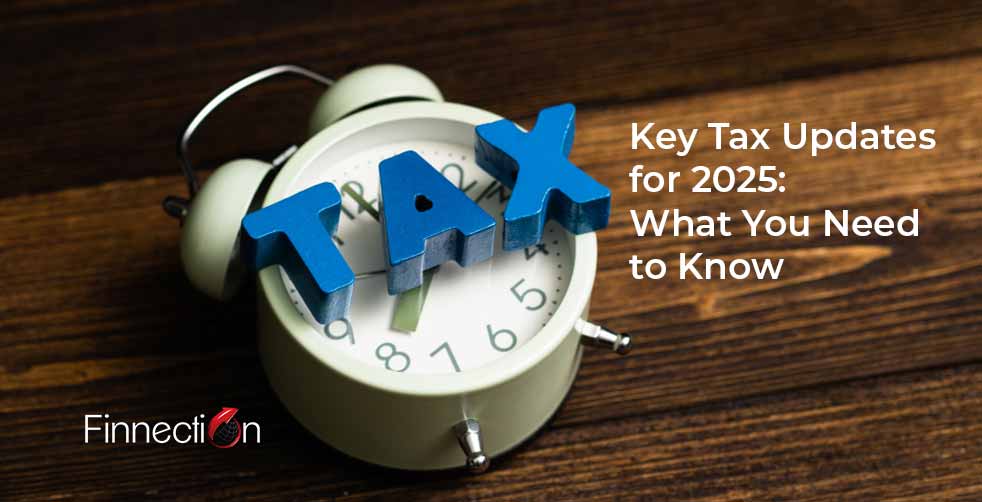The 2025 tax season is fast approaching, and several updates will shape the financial landscape for individuals and businesses. Staying informed can ensure accurate tax planning and compliance. Here’s a breakdown of the key changes to watch for this year.

-
Adjustments in Tax Rates and Brackets
While the seven federal income tax rates remain the same (10%, 12%, 22%, 24%, 32%, 35%, and 37%), the brackets have been adjusted for inflation. For example, single filers will now pay the 22% rate for incomes between $48,475 and $103,350, up from $47,150–$100,525 in 2024. This adjustment benefits taxpayers by potentially lowering their effective tax rate.
-
Higher Standard Deduction
The standard deduction has increased, providing more significant relief:
- Single and Married Filing Separately: $15,000 (up from $14,600 in 2024).
- Married Filing Jointly: $30,000 (up from $29,200).
- Head of Household: $22,500 (up from $21,900).
Dependents can also claim a deduction of $1,350 or $450 plus earned income, whichever is higher.
-
Changes to Tax Credits
Several credits have been modified to support taxpayers:
- Child Tax Credit (CTC): Up to $2,000 per qualifying child under 17, with $1,700 being refundable.
- Earned Income Tax Credit (EITC): Adjusted income thresholds ensure more low-to-moderate income taxpayers qualify.
- Adoption Credit: Increased to $17,280 for 2025, supporting adoptive families with higher limits.
Additionally, clean energy credits, such as those for electric vehicles and home energy improvements, have been expanded under the Inflation Reduction Act.
-
Capital Gains Tax Updates
Capital gains tax rates (0%, 15%, and 20%) remain unchanged. However, the income thresholds for each rate have increased due to inflation adjustments. For instance, married couples filing jointly will pay the 15% rate on gains between $94,050 and $583,750.
-
Business Tax Provisions
Businesses can leverage various credits and deductions in 2025:
- Energy-Efficient Home Credit: Builders of energy-efficient homes can claim up to $5,000 per qualifying property.
- Work Opportunity Tax Credit (WOTC): Employers hiring individuals from targeted groups can claim up to 40% of first-year wages.
- Depreciation: Bonus depreciation continues to phase down, dropping to 40% for 2025.
-
New Vehicle and Energy Incentives
The clean vehicle credit remains attractive, offering up to $7,500 for qualifying new electric vehicles. Used EV buyers can claim up to $4,000, provided the purchase price is $25,000 or less.
-
Alternative Minimum Tax (AMT)
For 2025, the AMT exemption levels have increased to:
- Married Filing Jointly: $133,300.
- Single and Head of Household: $85,700.
Plan Ahead
These changes highlight the importance of proactive tax planning. Whether you’re an individual filer or a business owner, consulting a tax professional can ensure you’re optimizing deductions and credits while staying compliant with new regulations.
Make this tax season a smooth one by staying informed and prepared!
If you have any questions regarding tax updates, feel free to contact finnection via email at info@finnection.ca or call us at (647) 795-5462
Disclaimer: Above information is subject to change and represent the views of the author. It is shared for educational purposes only. Readers are advised to use their own judgement and seek specific professional advice before making any decision. Finnection Inc. is not liable for any actions taken by reader based on the information shared in this article. You may consult with us before using this information for any purpose.
